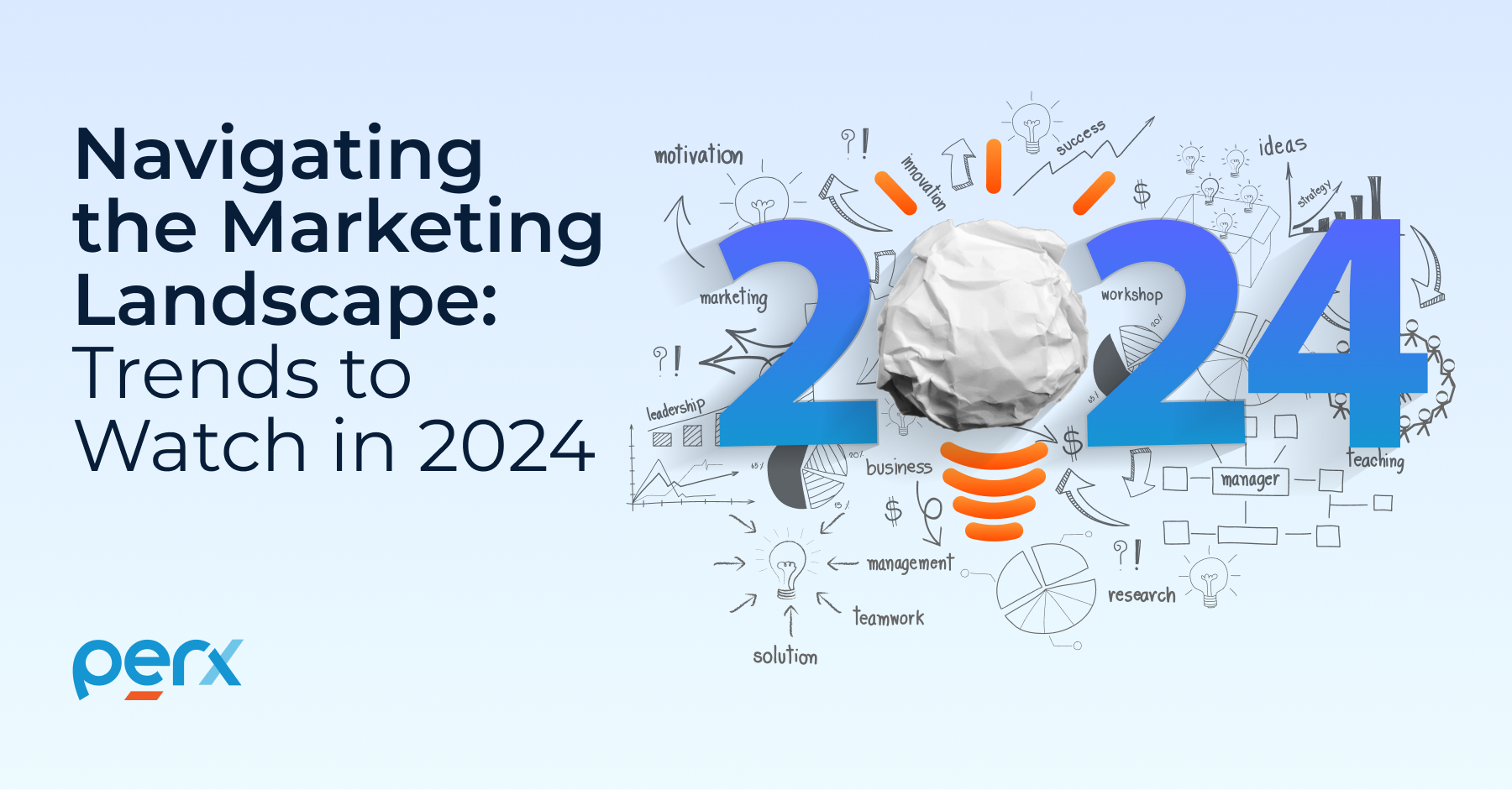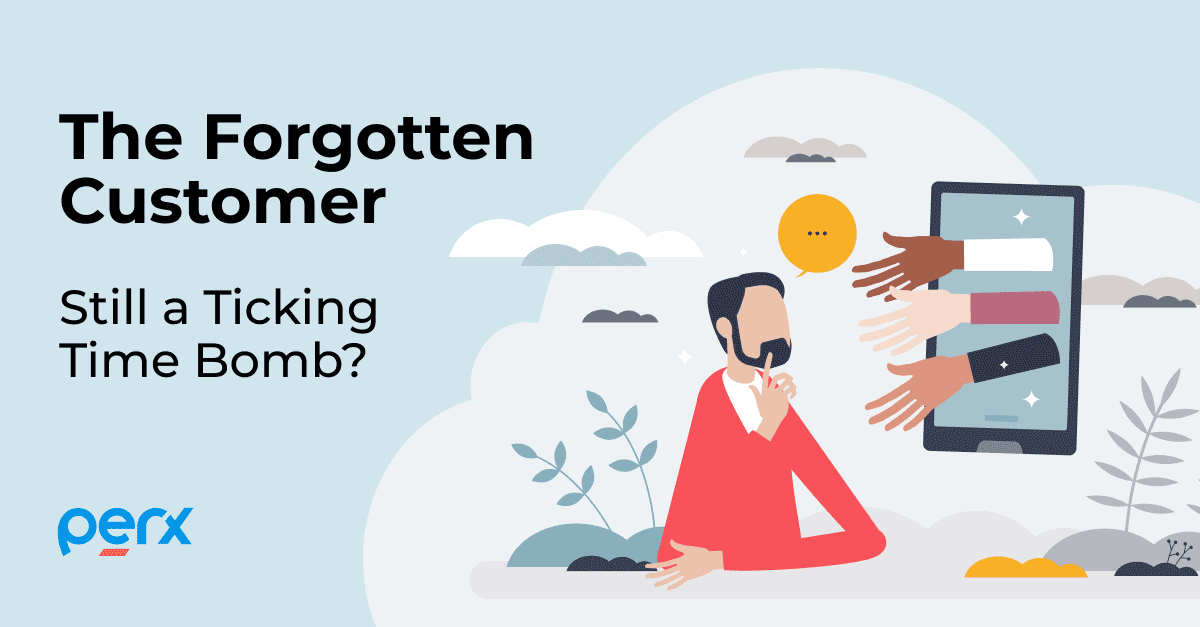The Customer Engagement Catalyst for B2C enterprises with a Growth Mindset

The Customer Engagement Catalyst for B2C enterprises with a Growth Mindset
A showcase of the collective growth of Perx’s enterprise clients 2022 vs 2023
In the ever-evolving landscape of business, customer engagement and loyalty play pivotal roles in a company’s customer-brand stickiness. At Perx, we take pride in being at the forefront of innovation, providing cutting-edge loyalty and engagement solutions to brands that deliver ‘aha moments’ to several million customers. In this blog, we will explore key performance indicators that represent the collective transformative growth our B2C enterprise clients have achieved between 2022 and 2023.

One of the most telling signs of success in the digital age is the growth of registered active users. Companies aim not only to attract new users but also to keep them engaged. Our platform’s robust features have enabled our clients to achieve a remarkable 5X increase in registered active users.
Consider Company A, a retail giant facing stiff competition. By leveraging our loyalty and engagement solutions, they were able to create personalized customer experiences that resonated with their audience.
This personalization led to increased sign-ups, and our analytics tools helped them refine their strategies further. The result? A quintupling of their registered active user base, reflecting the immense value our platform brings to businesses.

In an era of interconnected systems, APIs (Application Programming Interfaces) have become the lifeblood of many businesses. A 2.7X increase in year-on-year API calls is no small feat. It signals that businesses are finding immense value in integrating our platform into their operations.
Take Company B, a tech startup looking to scale rapidly. They harnessed the power of our APIs to seamlessly integrate loyalty programs into their app.
The result was a surge in customer engagement and retention, leading to a remarkable 2.7X increase in API calls year-over-year. This exemplifies the scalability and adaptability of our platform to meet the unique needs of diverse businesses.

For businesses, customer transactions are the lifeblood of revenue generation. Achieving a 71% increase in customer transactions is not just about the numbers; it’s about creating meaningful, lasting relationships with customers.
Company C, a mid-sized e-commerce store, faced fierce competition in a crowded market. They turned to us to revamp their customer loyalty program. With our platform, they implemented a tiered rewards system that incentivized repeat purchases.
The result? A remarkable 71% increase in customer transactions. This showcases how our software empowers businesses to not only attract new customers but also nurture existing ones, ultimately boosting their bottom line.

Monthly active users (MAU) are a key indicator of customer engagement and product stickiness. A 1.9X increase in average monthly active users speaks volumes about the effectiveness of our platform in keeping users coming back for more.
Consider Company D, a SaaS provider operating in a competitive market. By implementing our engagement solutions, they transformed their user experience, making it more interactive and rewarding. As a result, they saw a remarkable 1.9X increase in average monthly active users.
This growth reflects the long-term impact our platform has on user retention and satisfaction.
Elevating Your Success with Perx
The success stories of our clients mirror the commitment and dedication we bring to the table at Perx. Our loyalty and engagement platform is not just a product; it’s a catalyst for growth and differentiations. Whether you’re a retail giant, a tech startup, an e-commerce store, or a B2C financial giant the Perx platform helps you drive top line growth and measure ROI for customer engagement you launch.
Our platform’s ability to drive exponential growth in registered active users, customer-brand interactions (API calls), in-app transactions, and average monthly active users showcases its versatility and adaptability across diverse industries and business sizes. We’re here to help you elevate your success and build lasting relationships with your customers.
Recommended for you

Blogs, Sustainability, Marketing Strategy

Sustainability, Marketing Strategy, Customer Loyalty

Customer Acquisition, First-Party Data, Instant Gratification

Blogs, Sustainability, Marketing Strategy

Sustainability, Marketing Strategy, Customer Loyalty
Ready to join them?




















































